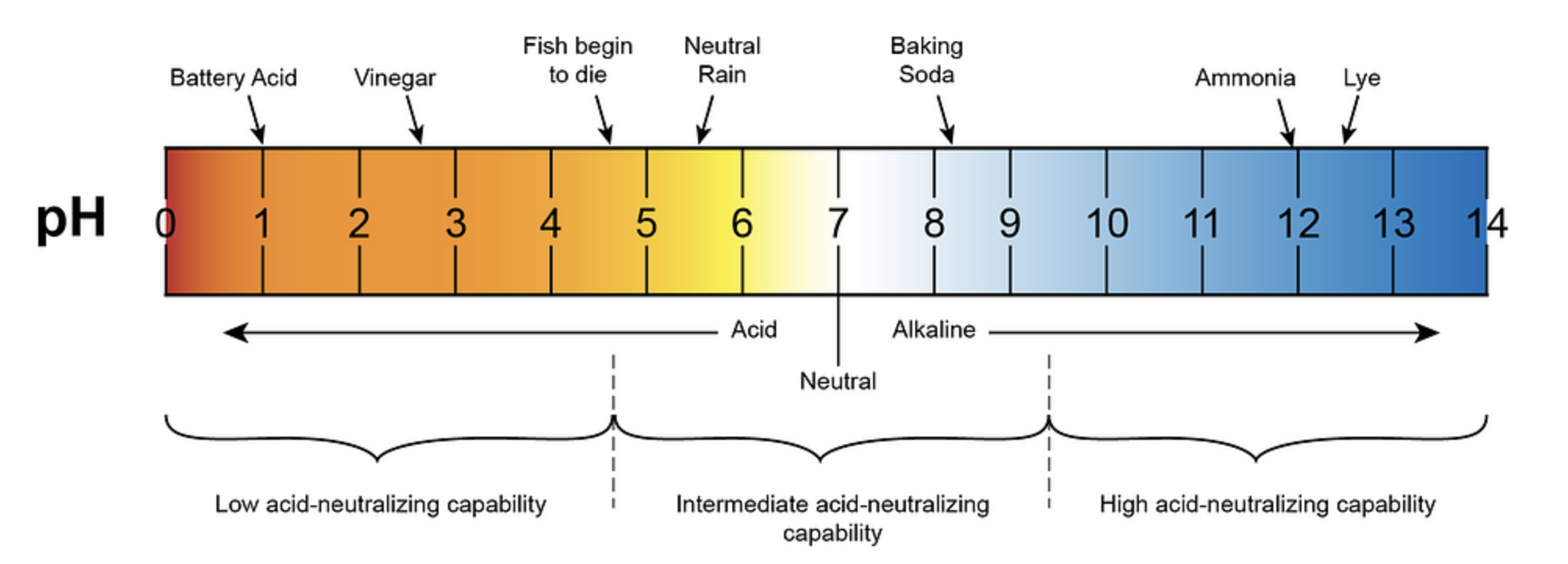The pH of cold water is a crucial factor to consider, as it can impact various applications, from drinking water quality to aquarium maintenance. At lower temperatures, the pH of pure water can be slightly higher than the neutral pH of 7, typically around 7.47 at 0°C. This variation is due to the temperature-dependent ionization constant of water, which affects the concentration of hydrogen and hydroxide ions.
Understanding the pH of Cold Water
Temperature Dependence of Water Ionization
The pH of water is determined by the concentration of hydrogen ions ((H^+)) in the solution. In pure water, the concentration of (H^+) and hydroxide ions ((OH^-)) is equal, resulting in a neutral pH of 7. However, as the temperature of water decreases, the ionization constant of water ((K_w)) increases, leading to a higher concentration of (OH^-) ions and a slightly higher pH.
Contaminants and Chemicals in Cold Water
While pure water may have a slightly higher pH at lower temperatures, the presence of contaminants and chemicals can significantly affect the pH of cold water. Acidic substances, such as carbon dioxide ((CO_2)), can lower the pH by increasing the concentration of (H^+) ions. Conversely, basic substances, such as calcium carbonate ((CaCO_3)), can raise the pH by removing (H^+) ions and forming insoluble carbonates.
Balancing the pH of Cold Water
Maintaining the appropriate pH level in cold water is essential for various applications, such as drinking water, aquariums, and industrial processes. Here are some common methods for balancing the pH of cold water:
Adding Acids or Bases
To adjust the pH of cold water, you can add either an acid or a base. For example, adding a base, such as sodium hydroxide ((NaOH)), can raise the pH of acidic water. Conversely, adding an acid, such as hydrochloric acid ((HCl)), can lower the pH of basic water.
Using a pH Controller
For more advanced users, a pH controller can be a useful tool for automatically adjusting the pH of cold water. These devices continuously monitor the pH level and automatically add the appropriate amount of acid or base to maintain the desired pH range.
Treating Specific Contaminants
If the pH of cold water is affected by the presence of specific contaminants or chemicals, it’s essential to identify and address those substances. Water testing can help determine the levels of various chemicals and contaminants, allowing for targeted treatment methods.
For example, if carbon dioxide is present in the water, aeration or the addition of a base can help remove it and raise the pH. If calcium carbonate is the issue, adding a mild acid can help dissolve it and lower the pH.
Conclusion
The pH of cold water is a complex topic that involves understanding the temperature-dependent ionization of water, as well as the impact of contaminants and chemicals. By understanding the factors that influence the pH of cold water and the various balancing techniques available, you can ensure that the water you use is within the appropriate pH range for your specific application.
References:
– What is the pH of ice? – Chemistry Stack Exchange
– Temperature Dependence of the pH of pure Water – Chemistry LibreTexts
– PH Levels In Your Home’s Water | News and Events for Evolve®
– The Effects of Temperature on the pH of Water – Sciencing
– PH cold water and testing – Trouble Free Pool
– How Does Temperature Affect pH? – Westlab

